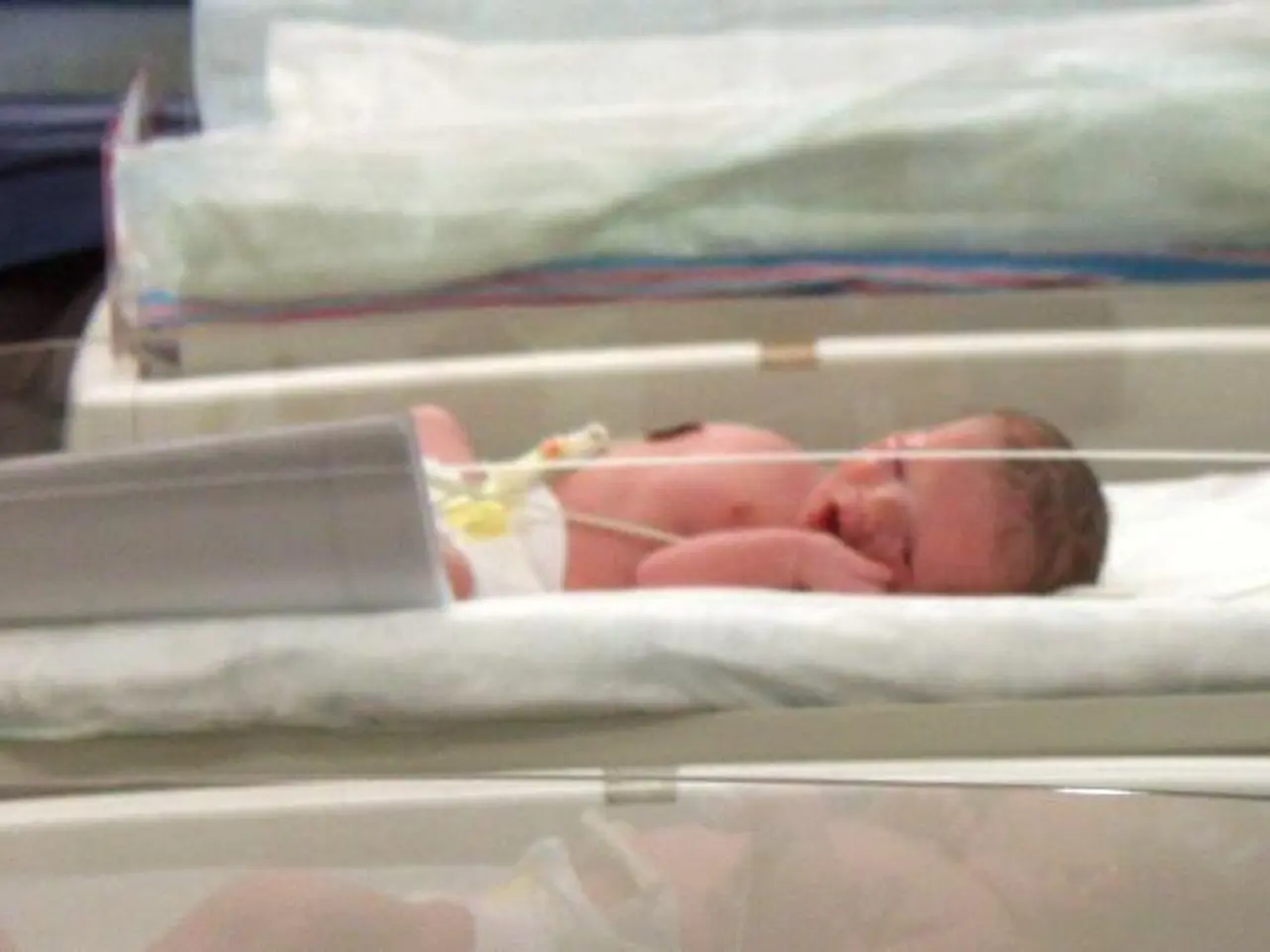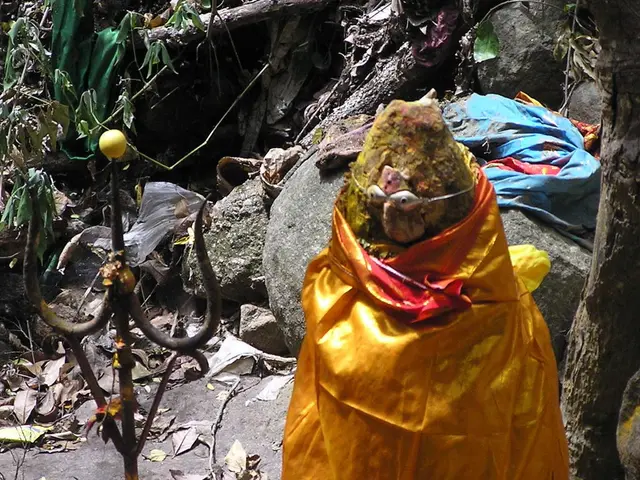Rotavirus Transmission: Information on Incubation Period and Other Factors
Rotavirus, a common cause of severe gastroenteritis in children under the age of 5 years, can spread through various means, including the fecal-oral route and, to a lesser extent, through the air.
The virus primarily spreads through hand-to-mouth contact with feces containing the virus. However, it can also be transmitted via aerosolized particles, especially under conditions of low humidity. This makes it easier for rotavirus particles to remain suspended in the air and be inhaled or deposited on surfaces that are then touched.
Close contact and poor hygiene increase the risk of spreading the virus. This is particularly true in closed environments such as homes, hospitals, and daycare centers. In such settings, person-to-person transmission through the hands appears to be the primary means of the virus spreading.
While rotavirus is best known for causing gastrointestinal illness, evidence shows it can be transmitted not only from direct contact with fecally contaminated materials but also via respiratory routes facilitated by aerosolization under specific meteorological conditions.
People are most likely to transmit the virus to others when they have symptoms and during the first 3 days after recovery, but someone can spread the virus in the days before they have symptoms. It's important to note that even vaccinated children can still get sick from rotavirus.
The rotavirus vaccine protects against severe disease, and children may require two or three doses depending on which vaccine they receive. However, vaccination or natural infection does not protect from future infections with the virus.
To prevent dehydration caused by rotavirus, drinking plenty of fluids is the best course of action. Oral rehydration salts can be used, but a doctor should be consulted before using them. Washing hands after using the toilet and before eating may also help prevent the spread of rotavirus.
It's crucial to remember that rotavirus is resistant to most disinfectant cleaners, including antibacterial products, and may infect even the cleanest environments. Therefore, maintaining good hygiene practices and promoting hand washing are essential in preventing the spread of rotavirus.
Sources:
[1] Rotavirus: Virology, Pathogenesis, and Clinical Manifestations. (n.d.). Retrieved from https://www.ncbi.nlm.nih.gov/books/NBK92759/ [2] Rotavirus Infection. (2019). Retrieved from https://www.cdc.gov/rotavirus/about/index.html [3] Rotavirus Transmission. (2020). Retrieved from https://www.who.int/news-room/fact-sheets/detail/rotavirus [4] Rotavirus and the Environment. (2019). Retrieved from https://www.ncbi.nlm.nih.gov/pmc/articles/PMC6346493/
Read also:
- Transmissible Infections and Parasites Found in Untreated Berries
- Rise in Legionnaires' disease cases in NYC reaches 90, prompting city health officials to propose strict cooling tower regulations
- Pharmaceutical Companies Under Scrutiny: Biogen/Eisai, Sanofi, Ionis, and Others Face FDA Review
- Actor Boris Shcherbakov admitted to hospital following a fall incident







